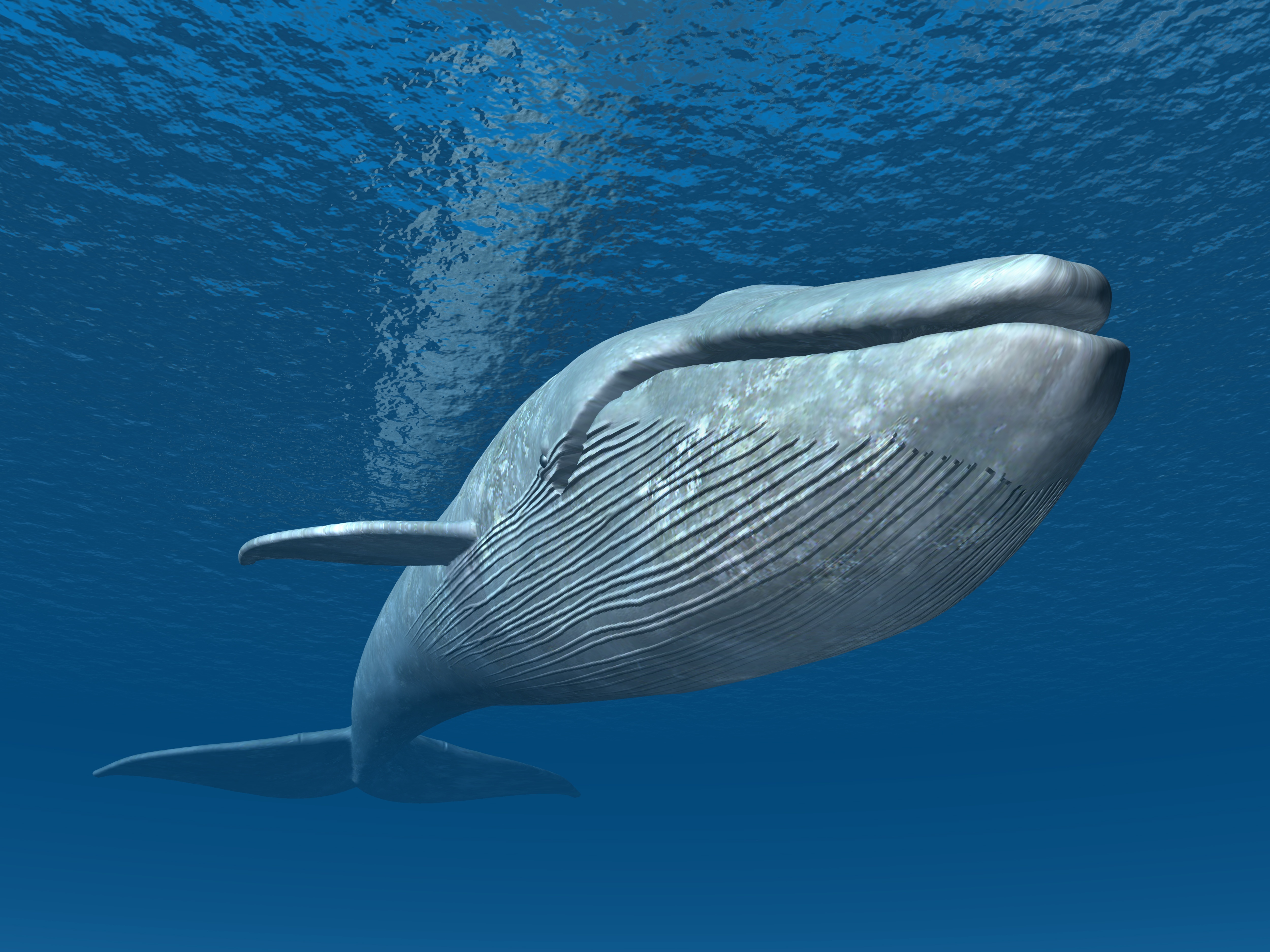
The blue whale is usually classified as one of eight species in the genus Balaenoptera one authority places it in a separate monotypic genus, Sibbaldus, but this is not accepted elsewhere. However, it is not known when the members of those families diverged from each other. The family Balaenopteridae is believed to have diverged from the other families of the suborder Mysticeti as long ago as the middle Oligocene. There are two more groups in the North Atlantic, and at least two in the Southern Hemisphere.īlue whales are rorquals (family Balaenopteridae), a family that includes the humpback whale, the fin whale, Bryde's whale, the sei whale and the minke whale. There remain only much smaller (around 2,000) concentrations in each of the North-East Pacific, Antarctic, and Indian Ocean groups. Before whaling, the largest population was in the Antarctic, numbering approximately 239,000 (range 202,000 to 311,000). More recent research into the Pygmy subspecies suggests this may be an underestimate. A 2002 report estimated there were 5,000 to 12,000 blue whales worldwide, located in at least five groups. For over a century, they were hunted almost to extinction by whalers until protected by the international community in 1966. īlue whales were abundant in nearly all the oceans on Earth until the beginning of the twentieth century.

As with other baleen whales, its diet consists almost exclusively of small crustaceans known as krill. indica, found in the Indian Ocean, may be another subspecies.

brevicauda (also known as the pygmy blue whale) found in the Indian Ocean and South Pacific Ocean. musculus of the North Atlantic and North Pacific, B. There are at least three distinct subspecies: B. Long and slender, the blue whale's body can be various shades of bluish-grey dorsally and somewhat lighter underneath. At 30 metres ( Template:Convert/ft) Template:Convert/test/A in length and Template:Convert/metric ton Template:Convert/test/A or more in weight, it is the largest known animal to have ever existed.

In this technique, a blue whale dives down to a deeper region of the ocean, and dive back to the top while keeping its mouth open at an angle of 85 degrees.The blue whale ( Balaenoptera musculus) is a marine mammal belonging to the suborder of baleen whales (called Mysticeti). Join our monthly newsletter!īlue whale being non-aggressive in nature avoid interaction with a sperm whale. A comparison chart of whale sizes helps put it all in perspective! Blue Whales are the largest known animal in the world growing up to 98 feet (30 meters) and weighing up to 173 tons (157,000 kgs). The orca's (Orcinus orca) size of up to 31 feet (9.4 meters) makes it the largest dolphin. Vous avez la permission de copier, distribuer et modifier ce document selon les termes de la, Ce fichier est disponible selon les termes de la licence. Blue whales donât have teeth, but instead have large baleen which help separate sea water from krill after they swallow. It is not uncommon for sperm whales to dive for an hour or more and then spend about 10 minutes at the surface breathing once every 10 seconds. Despite being the largest animal on our planet, the Blue Whale’s primary diet is krill, small aquatic life form resembling that of the tiny shrimp.


 0 kommentar(er)
0 kommentar(er)
